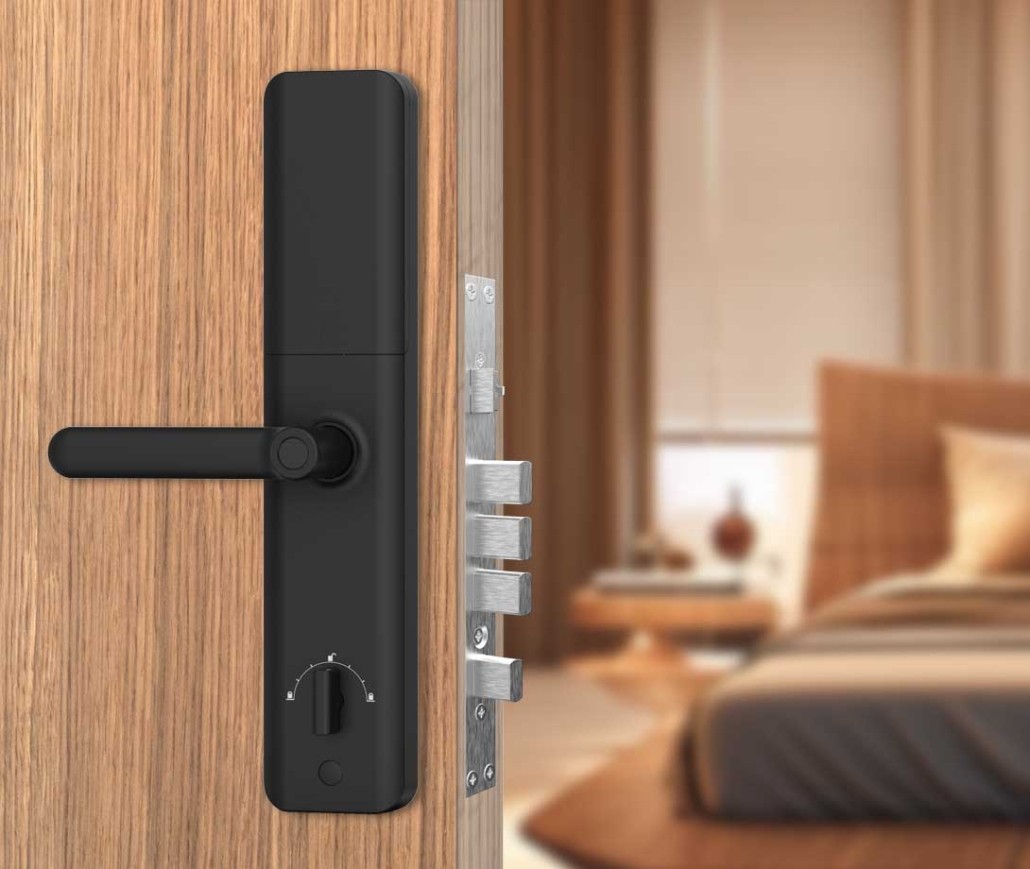How Does a Smart Key Lock Work? A Complete Guide for Modern Homeowners
Smart key locks are revolutionizing home security by replacing traditional keys with advanced digital access methods. These high-tech locks offer convenience, remote control, and enhanced security—but how exactly do they work?
In this comprehensive guide, we’ll break down:
What a smart key lock is
How it operates (step-by-step mechanism)
Different unlocking methods
Security features & potential risks
Pros and cons vs. traditional locks
By the end, you’ll understand whether a smart key lock is the right choice for your home.
1. What Is a Smart Key Lock?
A smart key lock (or smart lock) is an electronic locking system that allows keyless entry using:
- Smartphones (Bluetooth/Wi-Fi)
- PIN codes
- Fingerprint scans
- Voice commands (via Alexa/Google Assistant)
- RFID cards or fobs
Unlike traditional deadbolts, smart locks connect to your home’s Wi-Fi or a hub (like Apple HomeKit, Samsung SmartThings, or Amazon Alexa) for remote access.
2. How Does a Smart Key Lock Work? (Step-by-Step)
Smart locks combine electronic mechanisms, wireless connectivity, and encryption to secure your door. Here’s how they function:
A. Installation & Setup
- Replace your existing deadbolt (most smart locks fit standard doors).
- Connect to a hub or Wi-Fi (for remote features).
- Install the companion app.
- Pair with smartphones or other devices.
B. Unlocking Methods
1.Smartphone Unlocking (Bluetooth/Wi-Fi)
- Your phone acts as a digital key.
- When you approach the door, Bluetooth detects your phone and auto-unlocks (geofencing).
- Remote unlocking is possible via Wi-Fi (e.g., letting in a guest while you’re away).
2.PIN Code Entry
- Enter a customizable numeric code on a keypad.
- Some locks allow temporary codes (for guests or cleaners).
3.Fingerprint Recognition
- Biometric scanners read your fingerprint for instant access.
- Used in high-security models like the Ultraloq U-Bolt Pro.
4.Voice Control (Alexa/Google Assistant)
- Commands like “Alexa, unlock the front door”* work with compatible locks.
- Note: Most locks require a verbal PIN for security.
5.RFID/NFC Cards or Fobs
- Tap a card or fob to unlock (common in hotels and offices).
C. Locking Mechanisms
- Auto-lock feature (locks after a set time).
- Manual locking via app or touchpad.
- Remote locking from anywhere.
D. Security & Encryption
- AES 128-bit or 256-bit encryption (same as banks).
- Two-factor authentication (2FA) for app access.
- Tamper alerts (notifications if someone tries to force entry).
3. Do Smart Key Locks Need Batteries?
Yes! Most use AA or AAA batteries (last 6–24 months).
Rechargeable models (e.g., Ultraloq) exist but are less common.
Low-battery warnings (beeps, app alerts) prevent lockouts.
Backup options:
- 9V battery terminal (emergency power).
- Physical key override (some models).
4. Are Smart Key Locks Safe?
Security Advantages
No physical keys (can’t be lost or copied).
Encrypted access (harder to hack than traditional locks).
Activity logs (see who entered and when).
Remote locking (secure your door from anywhere).
Potential Risks
⚠ Hacking (if using weak passwords or outdated firmware).
⚠ Power failure (if batteries die without backup).
⚠ Wi-Fi/Bluetooth vulnerabilities (rare but possible).
How to Stay Secure:
- Use strong passwords & 2FA.
- Update firmware regularly.
- Choose locks with physical key backups.
5. Smart Key Locks vs. Traditional Locks
| Feature | Smart Key Lock | Traditional Lock |
|---|---|---|
| Key Requirement | No (keyless) | Yes (physical key) |
| Remote Access | Yes | No |
| Access Logs | Yes | No |
| Battery Needed? | Yes | No |
| Hack Risk | Low (with encryption) | None (physical only) |
| Best For | Tech-savvy users, renters, Airbnb hosts | Minimalists, off-grid homes |
6. Should You Get a Smart Key Lock?
Best For:
- Homeowners wanting remote access & keyless entry.
- Renters (many smart locks are portable & reversible).
- Airbnb hosts (issue temporary codes for guests).
- Families (no more lost keys!).
Not Ideal For:
- People who prefer simplicity (stick with traditional keys).
- Off-grid cabins (unless using long-life batteries).
7. Final Verdict: How Smart Key Locks Work & Are They Worth It?
Smart key locks replace physical keys with digital access, offering:
Keyless convenience (phone, PIN, fingerprint).
Remote control (lock/unlock from anywhere).
Enhanced security (encryption, tamper alerts).
Downsides? They require batteries and Wi-Fi, and cheap models may have security flaws.
For most people, the benefits outweigh the risks—especially if you choose a reputable brand and follow security best practices.
Post time: Jun-06-2025


